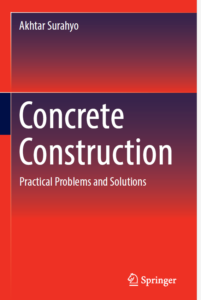
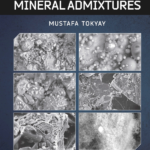 CEMENT and CONCRETE MINERAL ADMIXTURES_ مواد افزودنی معدنی برای سیمان و بتن
CEMENT and CONCRETE MINERAL ADMIXTURES_ مواد افزودنی معدنی برای سیمان و بتن
 Best Practices Guide for High-Volume_راهنمای بهترین روش ها برای حجم بالا
Best Practices Guide for High-Volume_راهنمای بهترین روش ها برای حجم بالا
 Cement Production Technology_ تکنولوژی تولیدسیمان
Cement Production Technology_ تکنولوژی تولیدسیمان
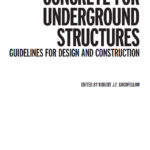 CONCRETE FOR UNDERGROUND STRUCTURES_بتن سازه های زیرزمینی
CONCRETE FOR UNDERGROUND STRUCTURES_بتن سازه های زیرزمینی
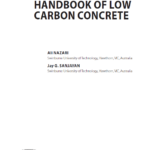 HANDBOOK OF LOW CARBON CONCRETE_ راهنمای بتن کم کربن
HANDBOOK OF LOW CARBON CONCRETE_ راهنمای بتن کم کربن
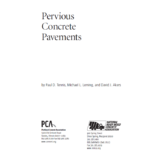 Pervious Concrete Pavements_ رویه های بتنی
Pervious Concrete Pavements_ رویه های بتنی
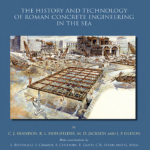 BUILDING FOR ETERNITY_ساختن برای ابدیت
BUILDING FOR ETERNITY_ساختن برای ابدیت
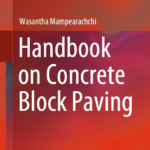 Handbook on Concrete Block Paving – کتاب کفپوش های بتنی
Handbook on Concrete Block Paving – کتاب کفپوش های بتنی
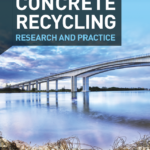 Concrete Recycling_ بتن بازیافتی
Concrete Recycling_ بتن بازیافتی
 Alkali-Aggregate Reaction in Concrete: A World Review_کتاب واکنش قلیایی سنگدانه در بتن: یک مرور در اطلس جهان
Alkali-Aggregate Reaction in Concrete: A World Review_کتاب واکنش قلیایی سنگدانه در بتن: یک مرور در اطلس جهان
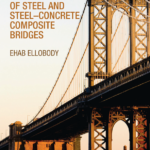 FINITE ELEMENT ANALYSIS AND DESIGN OF STEEL AND STEEL–CONCRETE COMPOSITE BRIDGE_المان محدود تجزیه و تحلیل و طراحی از فولاد
FINITE ELEMENT ANALYSIS AND DESIGN OF STEEL AND STEEL–CONCRETE COMPOSITE BRIDGE_المان محدود تجزیه و تحلیل و طراحی از فولاد
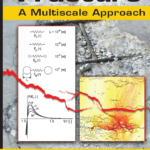 Concrete Fracture_ شکستگی بتن
Concrete Fracture_ شکستگی بتن